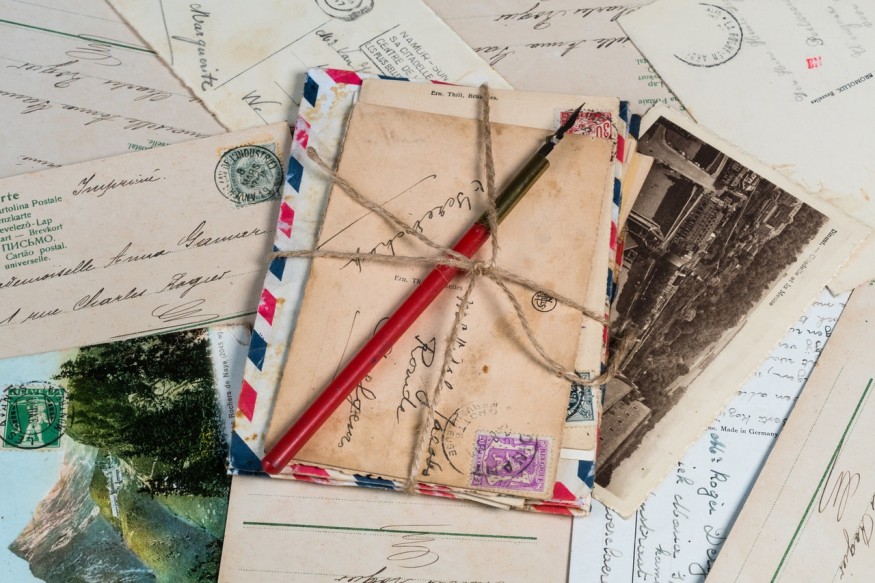Biology experts recently discovered how to transport sperm without damaging the specimen. The experiment was conducted in Japan to test their hypothesis regarding sperm studies. The investigation required the sperm specimens of a mouse to be freeze-dried in a plastic sheet and a specialized paper. The main goal of the experiment was for the samples to be transported and delivered safely and without damage across laboratories that conduct biological research.
Mailing Postcards Best for Sperm Specimen Transportation, According to Biologists

The Japanese sperm transport experiment allows sperm specimens from mice to be easily attainable across various bioscience laboratories in a cheap and convenient way. This method will also prevent the breaking of containers, as the method uses a basic postcard that is frequently sent for mailing letters. The study on freeze-dried sperm and postcard utility was published in the journal iScience, titled "Mailing Viable Mouse Freeze-dried Spermatozoa on Postcards."
University of Yamanashi's biologist and author of the study Daiyu Ito said that the thought of using postcards to mail sperm specimens came as soon as they were successful at freeze-drying the specimens in a specialized sheet for evaluation. Ito added that mailing specimens on a postcard were much easier and cheaper as opposed to other transport strategies.
Fertilization Research: How To Freeze-Dry, Revive, and Fertilize Sperms
Ito's team conducted the first lab experiment that was successful in freeze-drying a mammalian sperm. Their previous study allowed efforts to find the best way to preserve sperm specimens that will be sent to space stations for further observation regarding the impact of space radiation on young mouse subjects. Ito's first study was published in the journal Scientific Reports, titled "Tolerance of the Freeze-Dried Mouse Sperm Nucleus to Temperatures Ranging from -196 °C to 150 °C."
In the initial Scientific Reports research, the team used glass ampoules for the sperm's delivery. The team determined that even if the glass containers were small, they take a lot of space, which is often the reason it breaks on transit. This was a huge drawback to the study since they need a large collection of specimens for the experiments. What they needed was a solution to prevent the containers from being damaged as rocket launch commences.
The preservation method conducted in mouse sperms was a success. It allowed the experts to keep the specimens in a space where they would not break nor disturbed. The team initially used a specialized plastic sheet for the experiments since the material is proven to be compact and unbreakable. However, plastic sheets are toxic to the sperms. With that, they concluded that weighing paper, such as postcards, was more effective as a transport package than plastic sheets.
The mouse sperm delivery via postcard is a beneficial method for the biological preservation study. The collection of sperms could also be kept in a book that allowed experts to consolidate data of the specimens in one place. According to a report by SciTechDaily, the scientists theorized that once the sperm book and postcard mailing method are improved, the advancement of fertility studies will be on the next level. Future studies of the team include the revival of freeze-dried sperm and develop their fertilization.
RELATED ARTICLE : Human Height Influenced by Specified Genes in Growth Plates During Early Childhood
Check out more news and information on Biology in Science Times.
© 2025 ScienceTimes.com All rights reserved. Do not reproduce without permission. The window to the world of Science Times.












